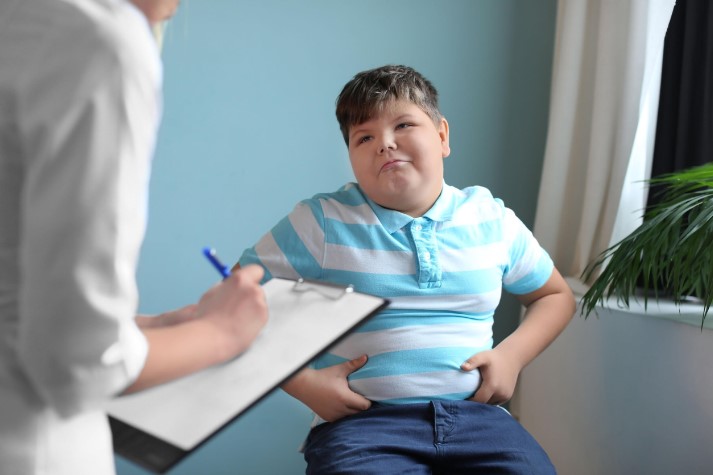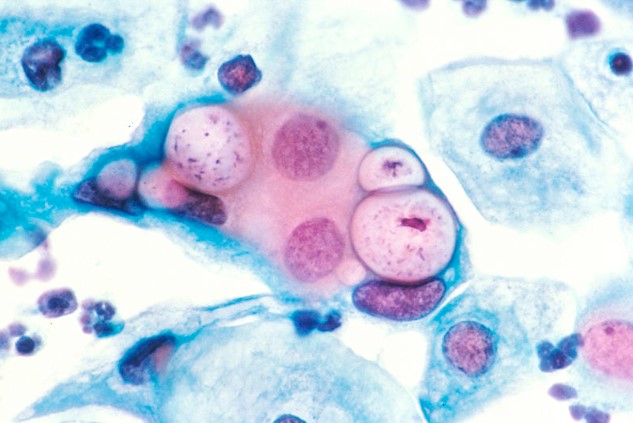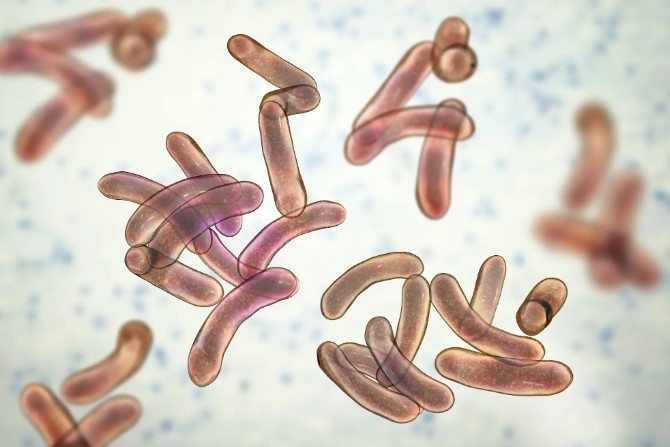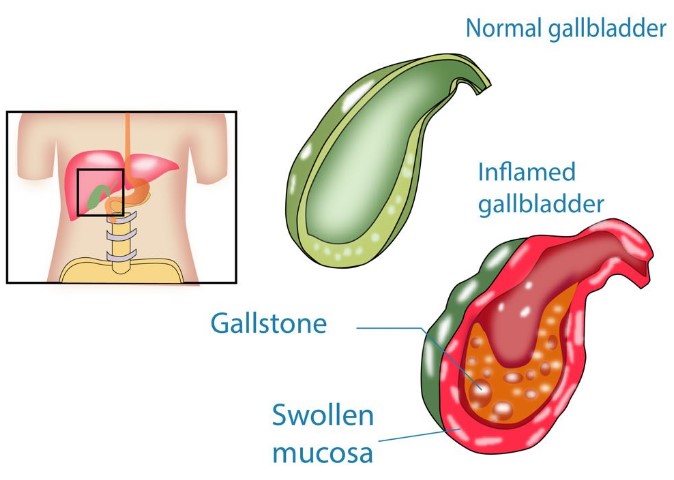
Cholecystitis (Gallbladder Inflammation)

Understanding Cholecystitis
Cholecystitis, commonly referred to as gallbladder inflammation, is a condition characterized by the inflammation of the gallbladder. The gallbladder is a small, pear-shaped organ located beneath the liver, playing a crucial role in the digestion of fats by storing and concentrating bile. When the bile flow is obstructed, it can lead to inflammation and subsequent infection of the gallbladder, causing cholecystitis.
Types of Cholecystitis
Cholecystitis can be categorized into two primary types: acute cholecystitis and chronic cholecystitis.
- Acute Cholecystitis: This type occurs suddenly and is often severe. It is usually caused by gallstones obstructing the cystic duct, leading to bile accumulation, inflammation, and infection.
- Chronic Cholecystitis: This type develops slowly over time due to repeated episodes of acute inflammation. It results in a thickened gallbladder wall and can lead to a dysfunctional gallbladder.
Causes of Cholecystitis
The predominant cause of cholecystitis is gallstones. Gallstones are hardened deposits of digestive fluid that can block the bile ducts. Other causes include:
- Tumors: These can block bile drainage.
- Bile Duct Problems: Issues such as scarring or kinking of the bile ducts.
- Infections: Certain infections can lead to bile duct inflammation.
- Vascular Problems: Reduced blood flow to the gallbladder due to various conditions.
Symptoms of Cholecystitis
Recognizing the symptoms of cholecystitis is vital for early diagnosis and treatment. Common symptoms include:
- Severe Pain: Often in the upper right or center abdomen. The pain can radiate to the right shoulder or back.
- Tenderness: Over the abdomen when touched.
- Nausea and Vomiting: Frequently accompany the pain.
- Fever: Indicates infection.
- Jaundice: Yellowing of the skin and eyes, indicating a blockage of the bile ducts.
Diagnosis of Cholecystitis
Diagnosis involves a combination of physical examinations, imaging tests, and laboratory tests.
- Physical Examination: Doctors will check for tenderness in the abdomen.
- Ultrasound: The most common imaging test, it helps visualize gallstones and gallbladder inflammation.
- HIDA Scan: A hepatobiliary iminodiacetic acid scan assesses gallbladder function.
- CT Scan: Provides detailed images of the gallbladder and surrounding areas.
- Blood Tests: To check for signs of infection, liver function, and other abnormalities.
Treatment Options for Cholecystitis
The treatment for cholecystitis can vary depending on the severity of the condition and the underlying cause. Common treatments include:
- Medications: Antibiotics to treat infection and pain relief medications.
- Fasting: Avoiding food and drink to rest the gallbladder.
- Intravenous Fluids: To maintain hydration and nutrition.
- Surgery: In many cases, surgical removal of the gallbladder (cholecystectomy) is necessary.
Cholecystectomy: This is the most common treatment for acute cholecystitis. It can be performed laparoscopically or through an open surgery. Laparoscopic cholecystectomy is minimally invasive, resulting in shorter recovery times.
Managing Chronic Cholecystitis
For chronic cholecystitis, the focus is on managing symptoms and preventing further episodes. This may include:
- Dietary Changes: Avoiding fatty foods and eating a balanced diet to reduce gallbladder stress.
- Regular Monitoring: Keeping track of gallbladder health with regular check-ups.
- Medication: To manage symptoms and prevent inflammation.
Complications of Cholecystitis
If left untreated, cholecystitis can lead to serious complications such as:
- Gallbladder Rupture: A severe condition where the gallbladder bursts, leading to peritonitis (inflammation of the abdominal lining).
- Gangrene: Tissue death within the gallbladder due to lack of blood flow.
- Abscess Formation: Pus accumulation within the gallbladder.
- Pancreatitis: Inflammation of the pancreas due to blockage of bile flow.
Prevention of Cholecystitis
Preventing cholecystitis primarily involves managing risk factors and maintaining a healthy lifestyle. Key preventive measures include:
- Healthy Diet: A diet high in fiber and low in fat helps reduce the risk of gallstones.
- Regular Exercise: Helps maintain a healthy weight and reduce cholesterol levels.
- Weight Management: Avoiding rapid weight loss, which can increase the risk of gallstones.
- Hydration: Drinking plenty of fluids to support healthy digestion.
Conclusion
Cholecystitis is a serious condition that requires prompt medical attention. Understanding its causes, symptoms, and treatment options is crucial for effective management and prevention. With appropriate medical care and lifestyle adjustments, individuals can manage the symptoms and reduce the risk of complications.
You May Also Like
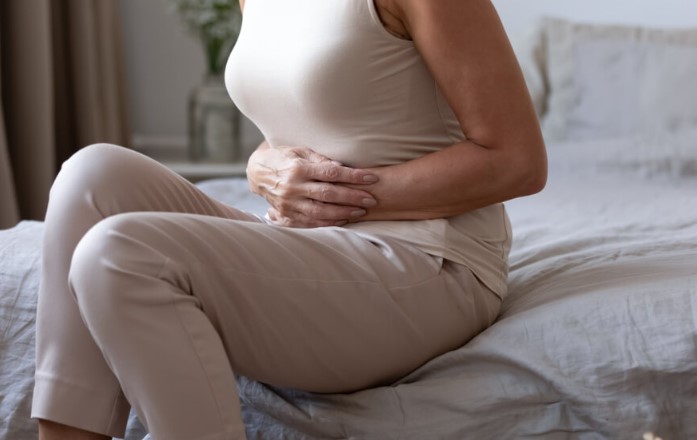
Bleeding After Menopause
September 1, 2024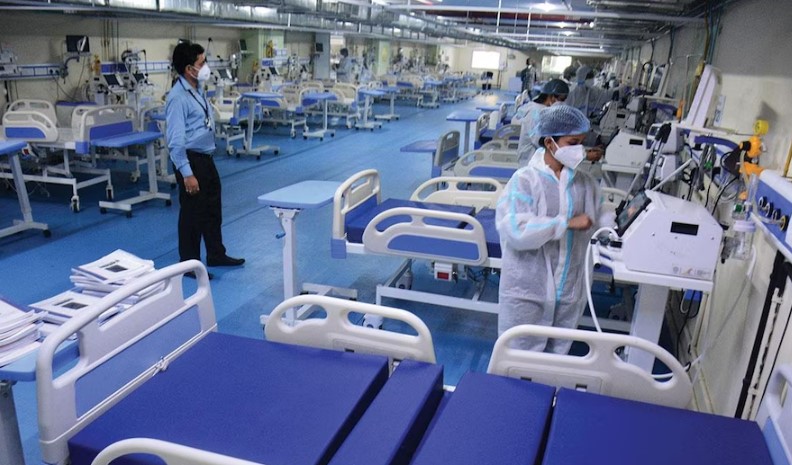
Health And Care: A Comprehensive Guide to Wellness
July 25, 2023